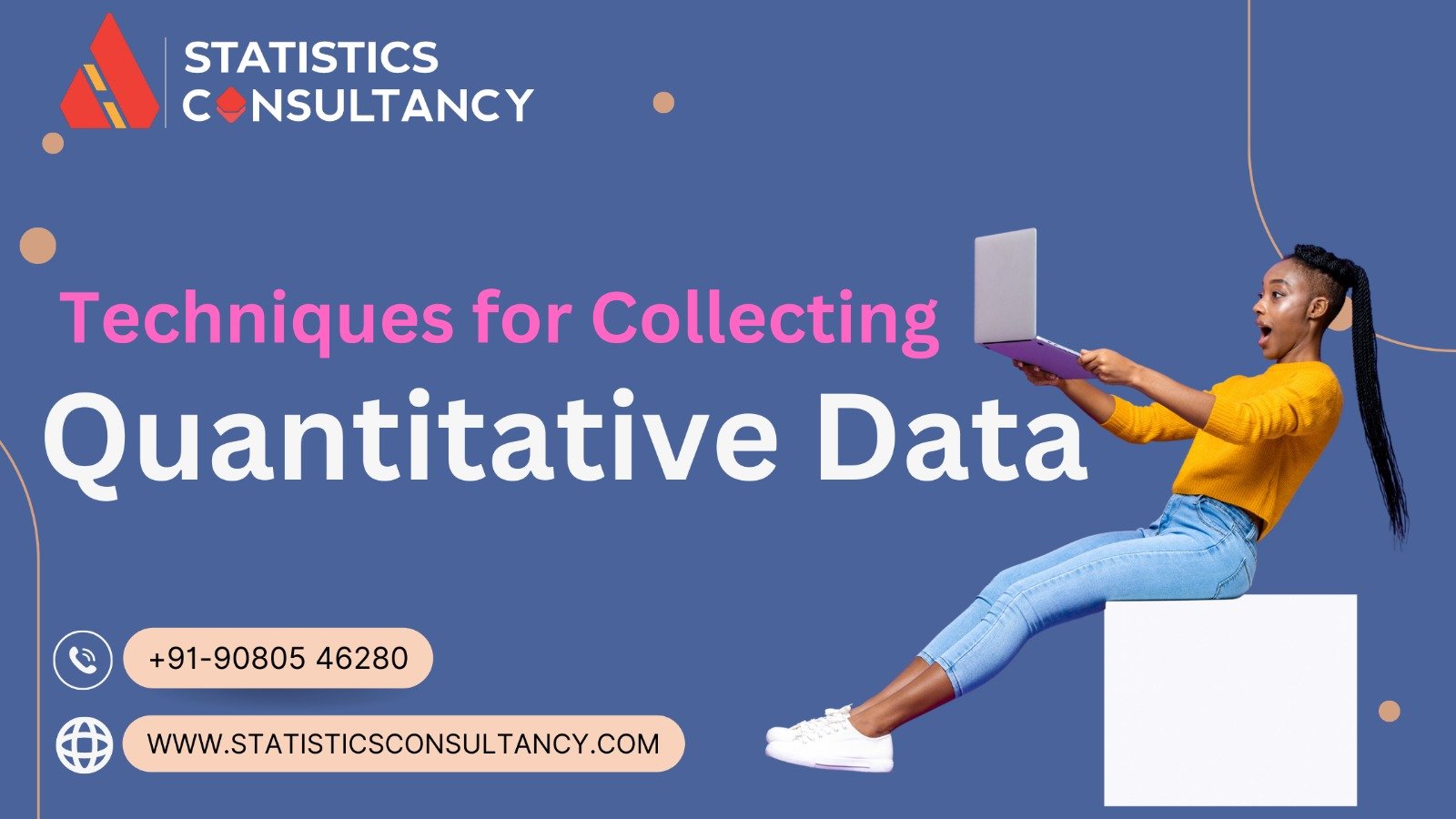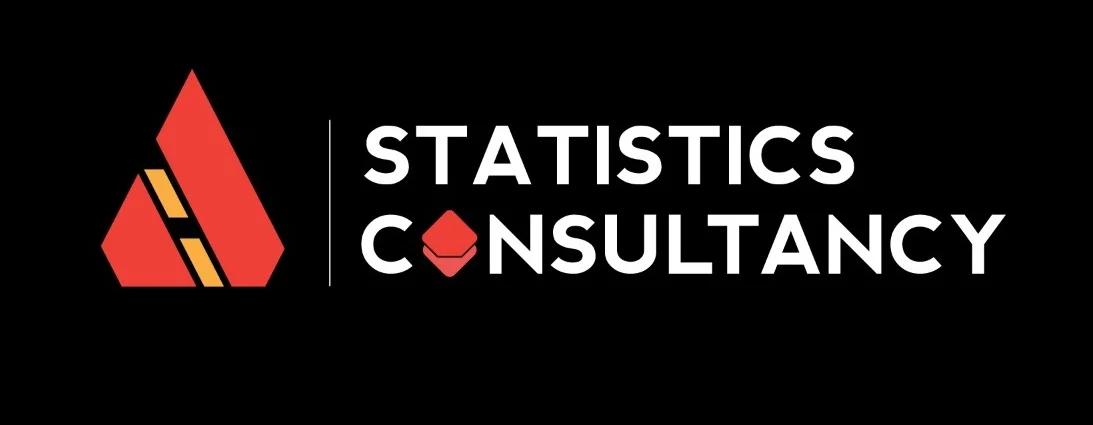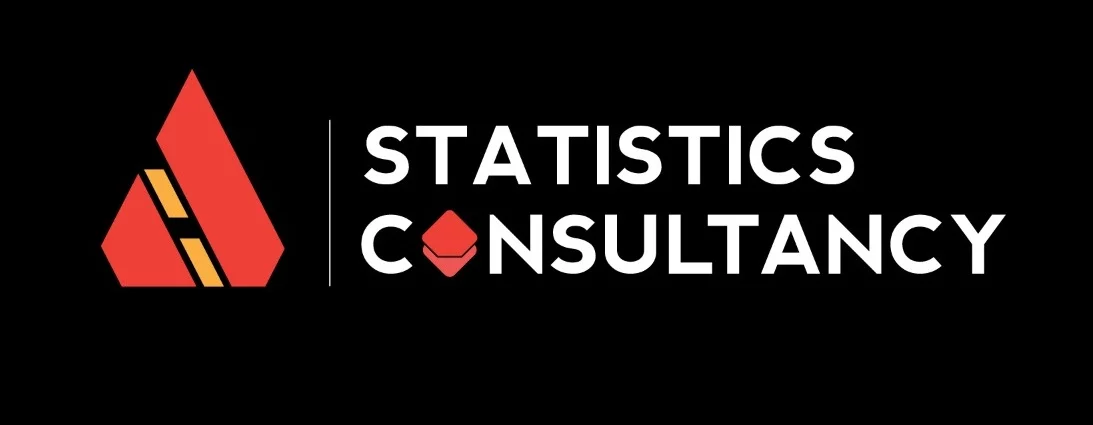
Introduction
Quantitative data are numerical and measurable data that can be analyzed using statistical principles and number theory. The use of quantitative data can help to provide conclusive evidence to support or refute a hypo
To collect quantitative data, researchers rely on sampling and structured data collection instruments to obtain information within predetermined categories. This method produces data that is easy to comprehend, compare, and draw clear conclusions from.
When conducting quantitative research, the researcher tests hypotheses derived from theories and estimates results before carrying out the research. Depending on the research question, the researcher gathers data from a diverse audience to obtain firsthand data that can be analyzed later.
To choose the audience that will contribute to the data gathering, the researcher uses sampling. Some quantitative data collection techniques provide incentives to the audience to provide honest responses.
Data collection techniques of Quantitative Data that are frequently employed include:
Paper questionnaires:
Paper questionnaires are distributed to a wide pool of potential participants, who complete the survey and return it to the researcher. Nevertheless, the majority of respondents may not approach the surveys with due seriousness, resulting in data that may not be entirely trustworthy.
Internet Surveys:
Internet surveys are an increasingly popular way to gather information from a large number of people in a short amount of time. They typically use multiple-choice questionnaires that are pre-filled by the researcher. Making it easy and quick for respondents to answer the questions. These questionnaires can be optional, meaning that respondents can choose whether or not to participate. They often pop up when a user is browsing on a related topic. Internet surveys are particularly useful for gathering large amounts of data quickly, but they can also have limitations, such as the potential for respondents to provide incomplete or inaccurate information.
Rating Scales of Quantitative Data:
A rating scale is a method of gathering information from people by asking them to rate a product, service, or experience on a predefined scale. For example, a restaurant might ask customers to rate their experience on a scale of 1 to 10, with 10 being the best. Rating scales can provide quantitative data that is easy to analyze and compare across different groups. They are commonly used in the service sector to gather feedback after a service or product has been delivered, but they can also be used in other industries. One limitation of rating scales is that they do not provide detailed qualitative information about why people rated a product or service in a particular way.
Census:
A census is a research project that aims to collect demographic data from an entire population. It is often conducted on a national or corporate level and can be used to inform policy decisions or business strategies. Census data can be particularly useful for identifying trends and patterns in a population, such as changes in age, gender, or income over time. However, conducting a census can be expensive and time-consuming, and there is always the risk that some people may not participate, leading to incomplete data.
Interviews:
Interviews are a method of gathering data directly from participants. There are two main types of interviews: personal interviews and telephonic interviews.
Personal interviews of Quantitative Data:
Personal interviews involve researchers meeting with participants in person to ask questions and gather more detailed information. This method can be particularly useful for obtaining qualitative data, such as people’s opinions, experiences, and attitudes.
Telephonic interviews:
Telephonic interviews, on the other hand, allow researchers to collect data over the phone when meeting in person is not possible. This method can be useful for gathering quantitative data, such as demographic information or responses to survey questions. However, both types of interviews require skilled interviewers who can ask the right questions and elicit detailed responses from participants.
The data is analyzed and processed to make informed decisions, which can be highly beneficial for business owners and the government in their planning for the upcoming period.

